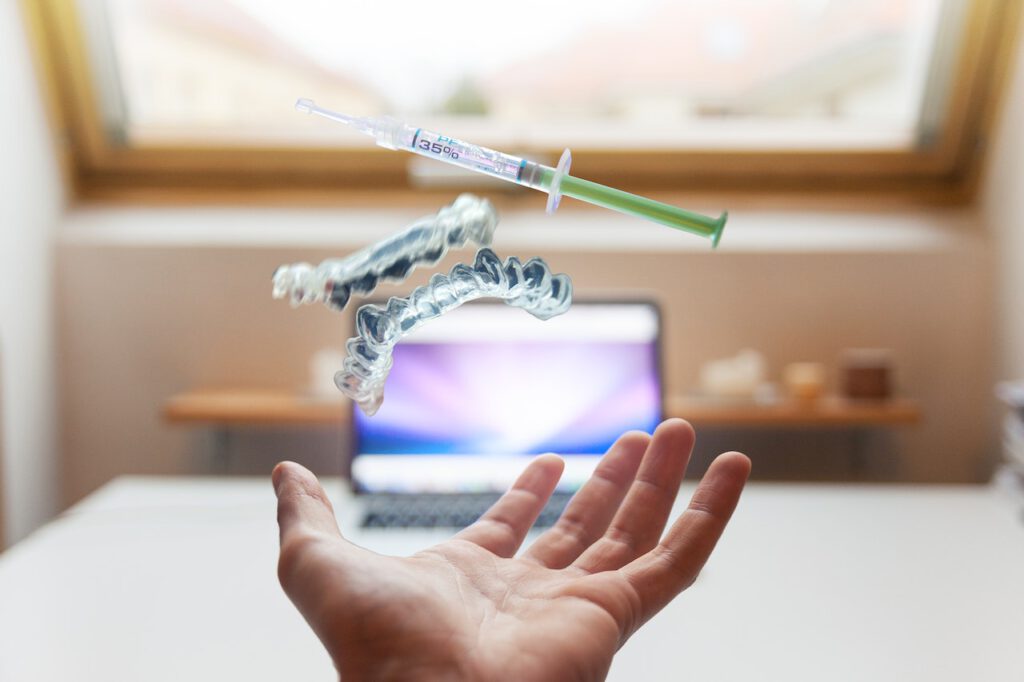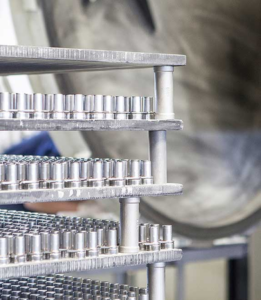A revolutionary approach to cardiac assessment

If you’ve been keeping an eye on the latest advancements in cardiology, you may have heard of angio based FFR, a game-changing technique that’s transforming the way we evaluate coronary artery disease. In this blog, we’ll delve into the world of angio-based FFR and explore its implications for cardiac care.
Understanding angio-Based FFR
Angio-based FFR, or angiography-based fractional flow reserve, is a cutting-edge method used to assess the severity of coronary artery disease (CAD). Unlike traditional approaches that rely solely on angiography, angio-based FFR combines angiographic images with computational algorithms to provide a more comprehensive evaluation. One of the key components of angio-based FFR is its reliance on computational analysis. By applying advanced algorithms to angiographic images, physicians can calculate the fractional flow reserve within the coronary arteries. This means they can determine how effectively blood is flowing through these vessels, helping to identify areas of concern.

A non-invasive alternative
One of the standout advantages of angio-based FFR is that it is non-invasive. Unlike traditional FFR, which involves inserting a pressure wire into the coronary arteries, angio-based FFR requires no additional invasive procedures. This makes it a safer and more convenient option for patients. Angio-based FFR doesn’t just provide a yes-or-no answer. It offers detailed insights into the severity and location of coronary artery disease. This precision enables physicians to tailor treatment plans more effectively, whether through medication, stenting, or other interventions. Another benefit of angio-based FFR is its potential to reduce healthcare costs. By streamlining the diagnostic process and avoiding unnecessary invasive procedures, this technology can help lower the overall financial burden of cardiac care. As angio-based FFR continues to evolve, we can expect even greater refinements and applications. This technology has the potential to revolutionize how we approach CAD assessment and treatment, ultimately leading to better outcomes for patients.





